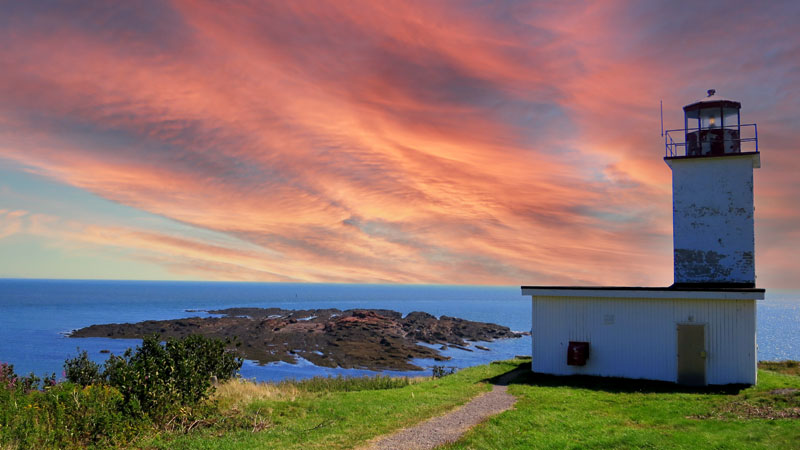One of my greatest fears is to be stranded alone on an island. Like Tom Hanks in Castaway, I imagine myself creating an imaginary friend like his character’s companion Wilson, the volleyball. My hair would grow long, I would go through every stage of grief, and still I would sit on some beach and stare off into some distant horizon. As a boy my imagination was taken up by novels like ‘The Hatchet’ and later other post-apocalyptic stories of solitary life, and I wondered how I would fare under the stress of loneliness. Then, last summer, I visited an isolated lighthouse in New Brunswick and a poster was attached to the door, inviting people to apply to be a lighthouse keeper. I could barely imagine the strange mix of loneliness and beauty such a job would offer.
Today many of us have been thrust, unwillingly, into places of isolation. While some in our city have large families and bustling homes full of people to help pass the time away, others are left alone, disconnected, and separated from the people they love. In all ways, we are experiencing some degree of solitary life.
There are other personalities that loom in my imagination in this season; the hermits and anchorites of old. Today they feel more myth and legend than reality, but there was a time when people, often out of a devotion to God in some form, would withdraw from society to a solitary life of prayer and contemplation. Some old churches would have a hermitage connected to it, or a ‘cell’ where these peculiar people would vow to stay and commit themselves to pray for their community and in some cases simply sit and listen to those who needed to speak.
Today this way of life is foreign to our modern sensibilities, we know too well the need for community and connection, but as I think about these interesting characters I wonder what I could have learned from them if I lived next door to a real hermit, sitting quietly on their porch watching the world go by. Do I have something to learn from their way of life?
Hermits, and perhaps lighthouse keepers, have found ways to be at peace with solitude. Some who have certain social anxieties have found peace in the isolation, for them a job in a fire-watch tower is a perfect fit. Still others have had to create very precise rhythms of life, play, work, learning, and creativity. One modern hermit I read about creates calligraphy and grows vegetables, opting for the most simple and slow creative activities for peace and tranquility in her life.
As I explore websites like hermitary.com, a collection of contemporary and historical stories about isolation and the solitary life, I feel a deep compassion for those who are alone. I feel their struggle and pursuit of peace in a world full of fears. I also feel a renewed compassion for my own neighbours who, through no choice of their own, have had to learn to live apart for a season. My take away is simply this: living with empathy towards our neighbours, hermits or otherwise, will help us see them with eyes of compassion. The same care we have for our neighbours, locked away in their little isolated alcoves up and down each street can also help us see the strange shaping work of solitude in our own lives, and in doing so we might find a way to be at peace with it all. While I hope very few of us have started to speak to volleyballs like Tom Hanks did in the film Castaway, I have discovered a new kind understanding and love for those who do.






